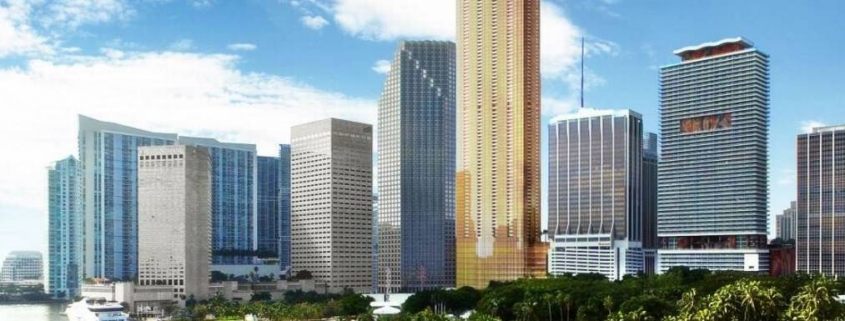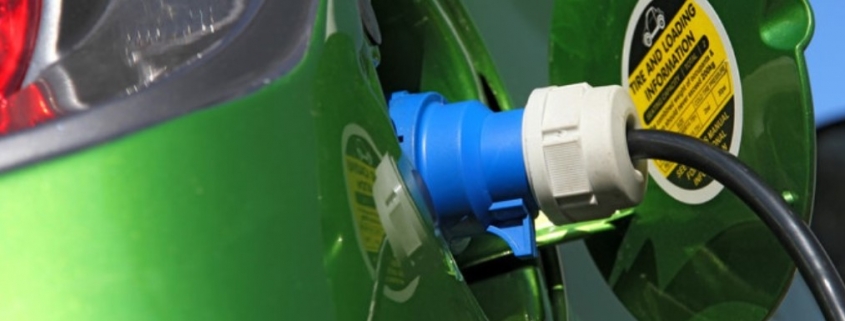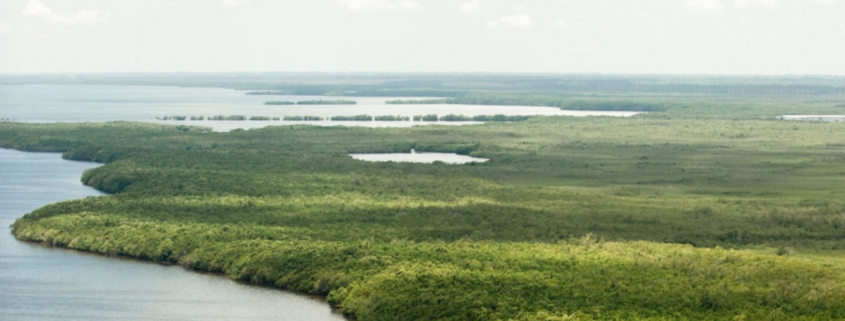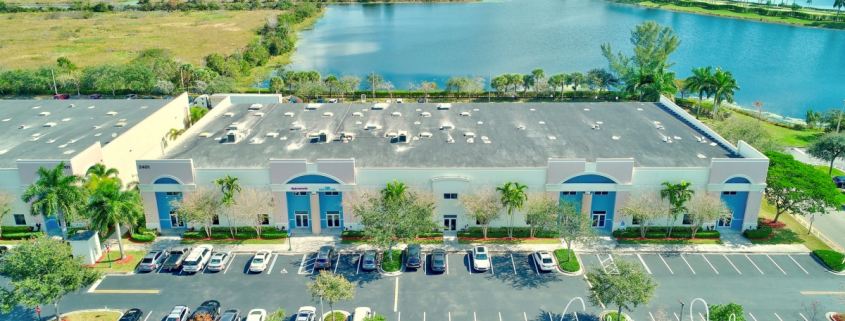While 76% say ESG is either “somewhat” or “very” important to their companies, there’s still progress to be made in all the letters, not just the E and G.
Miami’s office sector saw the greatest dropoff, registering just $6 million in sales in the first quarter of 2023, compared with $226 million in 2022, a 97 percent decrease.
Between August 2021 and July 2022, foreigners invested US$6.8 billion in the purchase of properties in Miami Dade, which implies an increase of 34% compared to the previous twelve months.
Premiums for commercial insurance at the end of 2022 in places like Texas, Florida and California jumped 30% to 50% or more, according to the institute.
There is evidence that electric vehicles and EV charging stations are significantly impacting real estate in terms of property values, spurring higher rental and resale values.
The area is among the most sensitive, long seen as a key link to restoring the Everglades and fending off sea rise.
This volatility has led some contractors to order and pre-pay for materials earlier than they usually would, tying more money into projects up front.
Ven-American Real Estate is exclusively representing an entire 32,000-square-foot industrial building for sale within a 3-building, Class A industrial park located at 2401 SW 145 Avenue in Miramar, Florida.
|
The building, one of 3 buildings within Monarch Commerce Center, features a ±6,000-square-foot premium office space including conference rooms and a lounge; an additional ±6,000-square-foot mezzanine; 24’ clear height, racked warehouse space; a rear-loaded dock high and 7 loading doors; heavy 3-phase power; fire sprinklers and impact windows.
Andrew Kruss, Director of Commercial Services for Ven-American Real Estate, will lead leasing efforts.
Ideally positioned just North of Miramar Parkway and just East of I-75, Monarch Commerce Center is located within 30 minutes of Miami International Airport, Fort Lauderdale-Hollywood Int’l Airport and Port Everglades.
Contact Andrew Kruss, Owner/Agent
Ven-American Real Estate, Inc.
305.496.2950
About Us
Ven-American Real Estate, Inc. established in 1991, is a full service commercial and residential real estate firm offering brokerage and property management services.
Subscribe
Contact Us
Ven-American Real Estate, Inc.
2401 SW 145th Avenue, Ste 407
Miramar, FL 33027
Brokerage & Property Management Services
Phone: 305-858-1188












